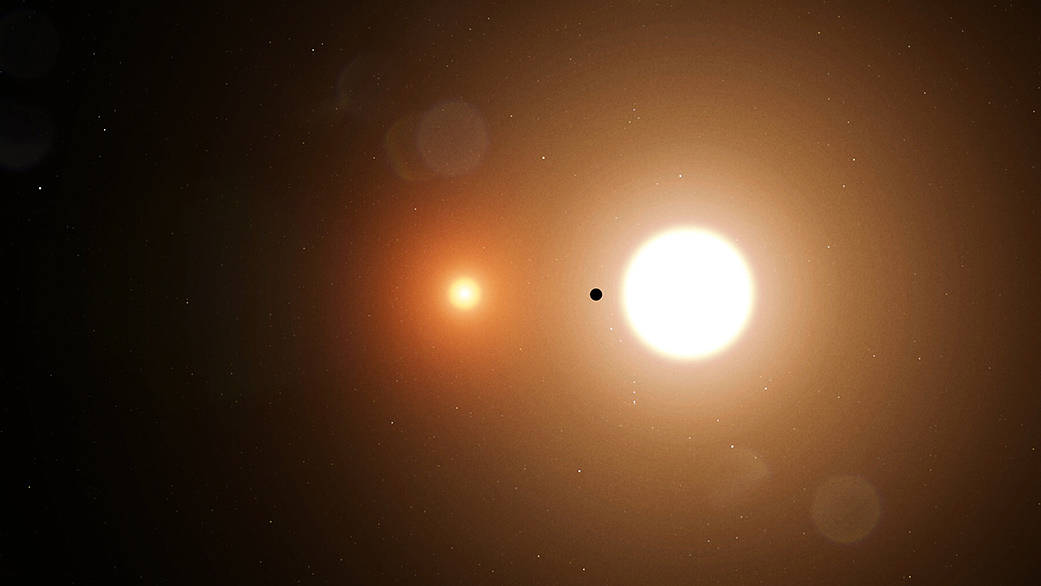Attachments
Note: Not all attachments are visible to the general public. Research URLs will go live after the embargo ends.

Journal/
conference: Nature Astronomy
conference: Nature Astronomy
Research:Paper
Organisation/s:
Monash University, ARC Centre of Excellence for All Sky Astrophysics in 3D (ASTRO 3D), INAF, Italy
Funder:
This work has made use of observations collected at the ESO (programmes 188.C-0265,
0103.C-0785 and 0101.C-0275) and of data from the European Space Agency mission
Gaia. We are grateful to K. Hawkins, and F. Liu for having shared with us tabular and
spectroscopic data. L.S. thanks A. I. Karakas for her support and advice. L.S. also
acknowledges financial support from the Australian Research Council (Discovery
Project 170100521) and continuing support from the Italian Space Agency through
contract 2018-24-HH.0 to the National Institute for Astrophysics (INAF). J.M. thanks
FAPESP (2018/04055-8). A.R.C. is supported in part by the Australian Research Council
through a Discovery Early Career Researcher Award (DE190100656). M.C. is supported
by MIUR under PRIN programme 2017Z2HSMF. Parts of this research were supported
by the Australian Research Council Centre of Excellence for All Sky Astrophysics in 3
Dimensions (ASTRO 3D), through project number CE170100013.



 Australia; International; VIC; ACT
Australia; International; VIC; ACT


